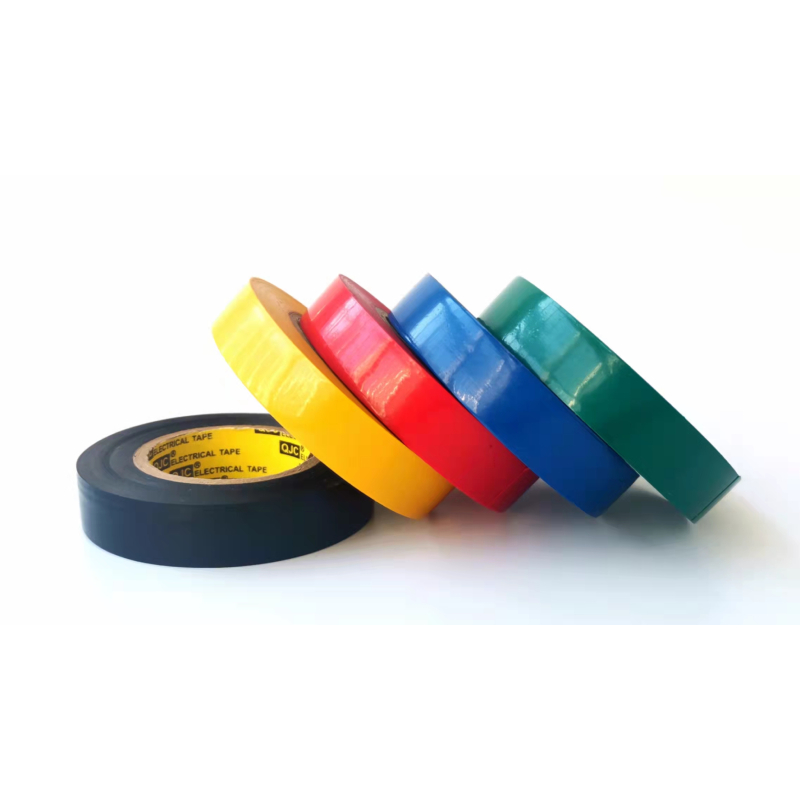The Versatile Uses of Rubber Splicing Tape
Rubber splicing tape, a favored tool in various industries, is renowned for its unique properties and versatility. This type of tape is primarily made from high-quality rubber and is designed to be used in splicing operations, electrical insulation, and other applications requiring a robust adhesive solution. Its ability to conform to different surfaces while maintaining flexibility makes it an essential item for professionals and DIY enthusiasts alike.
Electrical Insulation
One of the most common uses of rubber splicing tape is in the field of electrical insulation. Due to its excellent dielectric properties, it effectively protects exposed wires and electrical connections from moisture, dust, and other environmental factors that could lead to shorts or failures. This tape is ideal for sealing splices, ensuring that electrical connections maintain their integrity over time. Electricians often choose rubber splicing tape for its durability and the peace of mind it offers when securing open connections.
Cable Repair and Protection
In addition to insulation, rubber splicing tape is widely employed in cable repair and protection. Cables that are exposed to harsh conditions or physical stress may suffer from damage over time. Rubber splicing tape can be wrapped around the damaged areas to create a protective barrier, preventing further deterioration. This makes it an invaluable tool in industries such as telecommunications and construction, where machinery and cables are regularly used in challenging environments.
Water Resistance
Another significant advantage of rubber splicing tape is its water-resistant properties. The tape does not absorb moisture, making it an ideal choice for outdoor applications or environments prone to flooding. When wrapped around connectors or splices, it helps keep water out, ensuring that electrical operations remain safe and reliable. This feature is particularly beneficial for those working in the automotive industry, where moisture can lead to corrosion and electrical malfunctions.
rubber splicing tape uses

Automotive Applications
In the automotive sector, rubber splicing tape plays a crucial role in the assembly and repair of vehicle components. It is often used to secure wiring harnesses and can protect against vibrations that may cause wear and tear. Additionally, mechanics have found it useful for wrapping and insulating battery terminals, providing an effective solution for preventing accidental shorts and ensuring a reliable connection.
Versatile Splicing Solutions
The tape’s primary purpose, splicing, extends to various materials beyond just electrical applications. Rubber splicing tape can bond rubber, vinyl, and plastics, making it a versatile tool in the manufacturing and repair of products across multiple industries. Whether you are working on a belt, hose, or other rubber components, this tape provides durable adhesion to ensure that splices endure mechanical stresses.
Easy to Use and Apply
One of the standout features of rubber splicing tape is its ease of use. It can be applied without the need for special tools or equipment. Simply peeling off the backing and applying the tape to the desired surface allows for quick repairs or insulation work. Its self-fusing capability means it bonds to itself when wrapped, creating a seal that strengthens with time. This user-friendly aspect makes it a go-to choice for both professionals and hobbyists who appreciate efficiency.
Conclusion
Rubber splicing tape is a multifaceted product that serves a wide array of uses, particularly in electrical, automotive, and industrial applications. Its ability to insulate, protect, and bond different materials makes it an essential tool in many fields. Whether it is for a quick repair job or a long-term solution, the reliability of rubber splicing tape cannot be overstated. With its advantages of durability, water resistance, and easy application, it stands out as an indispensable resource for anyone in need of a strong and versatile adhesive solution. Investing in quality rubber splicing tape is undoubtedly a choice that pays off in ensuring the longevity and safety of electrical and mechanical systems alike.
-
XIANGFAN Rubber Tape-Ultimate Solutions for All Your Insulation NeedsNewsJun.24,2025
-
XIANGFAN Rubber Tape-Protection for Industrial and Residential ApplicationsNewsJun.24,2025
-
XIANGFAN Rubber Tape: Superior Safety and Sealing for Demanding EnvironmentsNewsJun.24,2025
-
XIANGFAN Rubber Tape: Reliable Solutions for Every Electrical ChallengeNewsJun.24,2025
-
XIANGFAN Electrical & Industrial Tape: Powering Reliability Across IndustriesNewsJun.24,2025
-
XIANGFAN Electrical & Industrial Tape: Excellence in Every ApplicationNewsJun.24,2025
